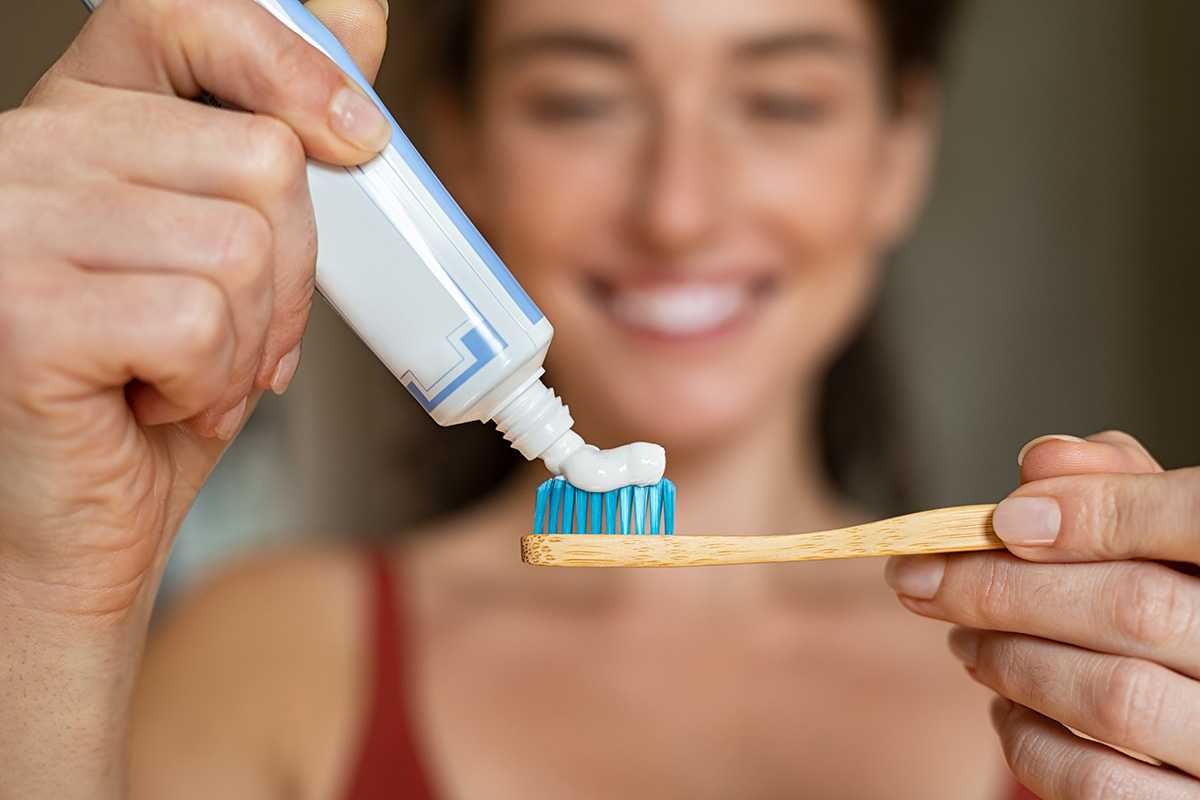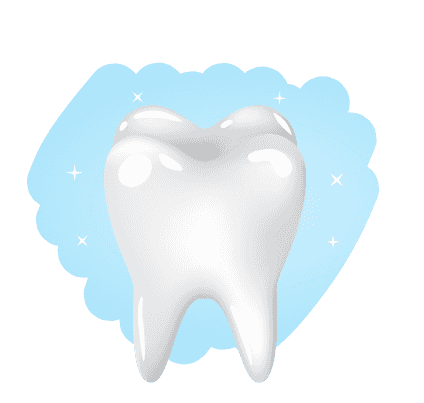What’s In Your Toothpaste?

Written by Melia Lewis MEd, BSDH, RDH🔬 Evidence Based

Over-the-counter toothpastes, like the ones we see at our local pharmacies or grocery stores, typically contain several key ingredients that work together to clean teeth, protect against cavities, and freshen breath. Here’s a breakdown of the top five common toothpaste ingredients and what they do:
1. Fluoride
- Function: Fluoride is the main active ingredient in most toothpastes. It strengthens tooth enamel, making it more resistant to decay, and helps repair early stages of cavities by remineralizing weakened enamel.
- Common Forms: Sodium fluoride, stannous fluoride, or sodium monofluorophosphate.
- Dental Hygienist Tip: Fluoride is key in helping protect teeth from cavities and strengthening teeth. Using it at least 2 times a day is recommended to help with cavity protection.
2. Abrasives
- Function: These gently scrub away bacteria, food particles, and surface stains from teeth without damaging enamel. Abrasives give toothpaste its cleaning power.
- Common Ingredients: Calcium carbonate, hydrated silica, or dicalcium phosphate.
- Dental Hygienist Tip: Toothpastes are tested on an abrasive scale, called the Relative Dentin Abrasion (RDA). Toothpastes should be between below 250 RDA per the American Dental Association (ADA).
3. Humectants
- Function: Humectants keep moisture in toothpaste, preventing it from drying out and maintaining its creamy texture.
- Common Ingredients: Glycerin, sorbitol, or propylene glycol.
4. Detergents
- Function: Detergents create the foam we associate with brushing, helping to disperse the toothpaste throughout the mouth and remove debris more effectively.
- Common Ingredient: Sodium lauryl sulfate (SLS).
- Dental Hygienist Tip: If you tend to get mouth sores or notice tissues sloughing after brushing, it is probably from other detergent contained in the paste. Since SLS uptakes water to create a foam, it can pull water from tissues causing irritation. Not everyone experiences this. If you do, look for a toothpaste that is SLS free.
5. Flavorings and Sweeteners
- Function: These improve the taste of toothpaste, encouraging regular use. Sweeteners are non-sugar-based to prevent cavities.
- Common Ingredients: Sorbitol, saccharin, or xylitol.
- Dental Hygienist Tip: Xylitol is a sweetener, but also has anticaries effects. Since bacteria cannot digest these sweeter, it in turn causes the bacteria to die and prevents them from making a cavity.
Other Ingredients to Note:
- Thickening agents (like carrageenan or xanthan gum) stabilize the formula, which prevents the paste from separating when it is sitting in the tube and on the store shelf.
- Antibacterial agents (like stannous fluoride) can reduce gum inflammation and prevent bacteria from forming as quickly.
- Desensitizing agents (like potassium nitrate or arginine) help reduce tooth sensitivity. These are often found in toothpastes with labeled as "sensitivity toothpaste”. These agents either help block little openings in the tooth that are usually open and allow the stimulus from cold or hot enter into the tooth and to the nerve. This usually takes 1-2 weeks of use to notice the desensitizing effects.
There are so many ingredients that go into toothpaste, and all have an important role to help achieve oral health. Next time you’re at the store, double-check the ingredients of your favorite paste to see what’s inside and how it is helping your teeth and overall health. Learn more on hygieneedge.com!

Make your inbox smile!
Subscribe
Written by Melia Lewis MEd, BSDH, RDHMelia Lewis is a dedicated clinical dental hygiene professional with a passion for advancing oral health education and patient care.




